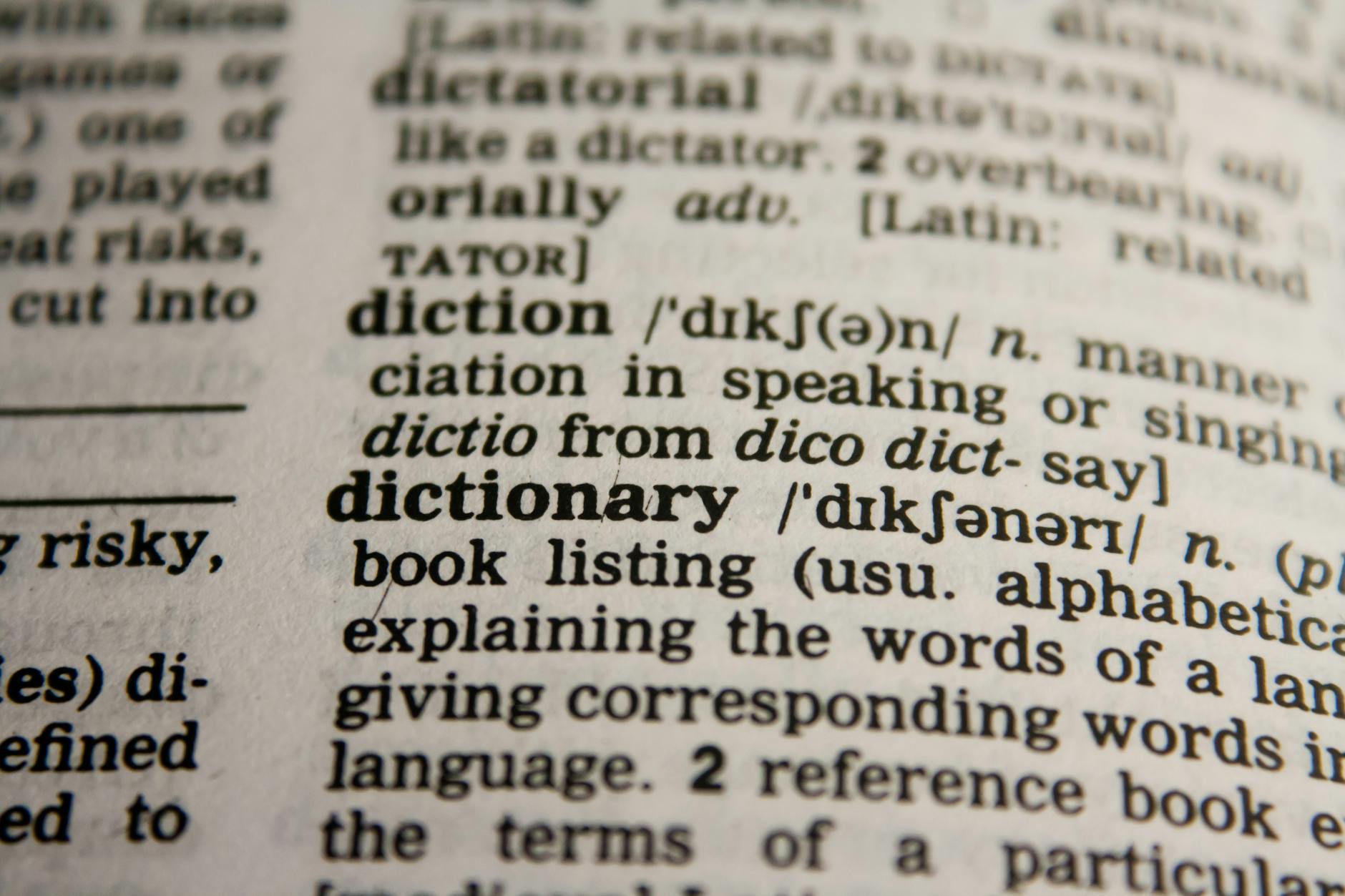Duolingo is significantly expanding its language learning platform, launching 148 new courses. This more than doubles their previous offerings, a feat made possible by the integration of generative AI into their course development process. The move aims to broaden access to language education for a potential billion learners by making its seven most popular non-English languages—Spanish, French, German, Italian, Japanese, Korean, and Mandarin—available across all 28 supported user interface languages.
Historically, creating a single new language course for Duolingo was a multi-year undertaking. However, the new “shared content” approach, leveraging generative AI, shared content systems, and custom internal tools, allows the company to rapidly create base courses and adapt them for different languages. Jessie Becker, Duolingo’s Senior Director of Learning Design, highlights that this allows their team to focus their expertise where it can deliver the greatest impact, ensuring all courses maintain high quality standards.
The announcement follows CEO Luis von Ahn’s memo outlining an “AI-first” strategy, sparking some discussion about the role of contractors. Duolingo spokesperson Sam Dalsimer clarified that AI has been instrumental and transformative for the company for years and is confident in the systems in place to ensure AI-generated content adheres to their standards and the Common European Framework of Reference for Languages.
While acknowledging some negative feedback regarding the implications for contractors, Dalsimer stressed that Duolingo does not intend to reduce full-time employee headcount or hiring and that any adjustments to contractor roles will be managed individually. Duolingo believes that AI is essential to making its vision of providing technology-driven language education that rivals a human tutor a reality.
